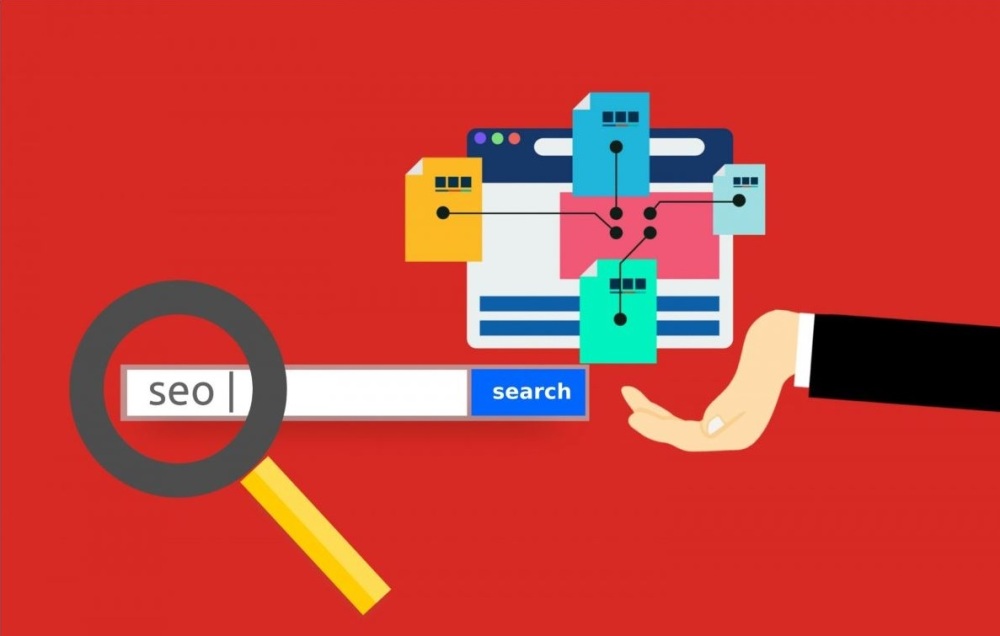
Whether you’re a writer for online publications or a blogger, you’ll be asking yourself whether your write ups need images or not. Images that you put on your website bring your article to life and can greatly contribute to your website’s SEO. Here are some pointers and basic tips that would explain how to fully optimize an image for SEO for the best user experience.
Choose the right type of image. There are 2 types of images, vector and raster. Vector images are simple, created by using lines, points, and polygons. They are best applicable for shapes, logos, icons, and flat images. On the other hand, raster images are made of rectangular grids, each packed with multiple color values (pixels). These images can heavily hamper your site’s loading speed.
Google shared an exact data to help understand the pixel-to-byte relation. Google also mentioned that it takes four bytes of memory to deliver one pixel. You’ll get an idea of how heavy one image can get based on its dimensions. An ideal ratio could be a mix of both images, 40% vector and 60% raster.
Pick the best image format. SVG is the only, and the best option for vector images. Due to its flat imagery, you also benefit from high quality that is easily scalable. For raster images, you can choose PNG, JPG or GIF.
Resize your images. Note that image size and image file size are two different things. Image size is also called image dimensions. As part of image dimensions, you also need to know the aspect ratios. Have you tried scaling an image and literally blew it out of proportion? This is exactly why your knowledge of this is essential. Referring to an image aspect ratio while cropping or resizing images helps you maintain the viability and beauty of the image’s dimensions. The ideal aspect ratio could be 1080 X 1080 pixels and 1500 X 2500 pixels. If you’re feeling too lazy to go through all these details, you could also try scaling the image from the corner arrow while you’ve pressed the “Shift” key. This works for some platforms.
The best practice of all, name your images. Search engines have brains without eyes, so unless you name your images right, they won’t be able to read your images nor rank you accordingly. This is where your keywords come into play. Name your images in all small letters with hyphens in between and leave no spaces. For example, “five-tips-for-image-optimization”. If you name your images well, you’ll be surprised of how much you can improve your keyword density and chances of ranking.
In addition, you could also use the following to improve keyword usage in your site content: Alt text (If your image is loading slowly, this text appears in place of the image so users can get an idea of what should be there.) Captions (Text that gives a short description, helping users know more about the image). If you have an ecommerce site, you could even make good use of structured data to give the search engine more specific details about your products’ color, type, size, and a lot more.
Compress the byte size of your image size. Compressing a file is the simplest yet the most crucial part of image optimization as it directly relates to the website’s loading time. A file size below 70 kb is what you should be targeting. In case of heavy files closer to 300 kb, the best you can achieve is a 100 kb file size. This saves your images from taking extra milliseconds to load while it gives you compressed images that do not compromise the visual quality. There are some good, free image file compression online tools you can use to decrease your images file size. All you need to do is drop these files on a file compression site and you’re all set. Also take note to use web fonts in place of images with text on them as they look better, don’t need to be scaled with the image. Take less space and save loading time.
CONCLUSION
Website content, both visual and written, has an intertwined relationship that stimulates emotions and inspires people to further engage with your product or service. In order to succeed, you need to do everything you can to help your website rank, and image optimization can be the extra spark your site needs to outrank the competition. At the very least, you need to follow these basic steps to ensure your images are optimized for user experience and search.
SOURCE: https://searchenginewatch.com/2019/05/31/image-optimization-for-seo/